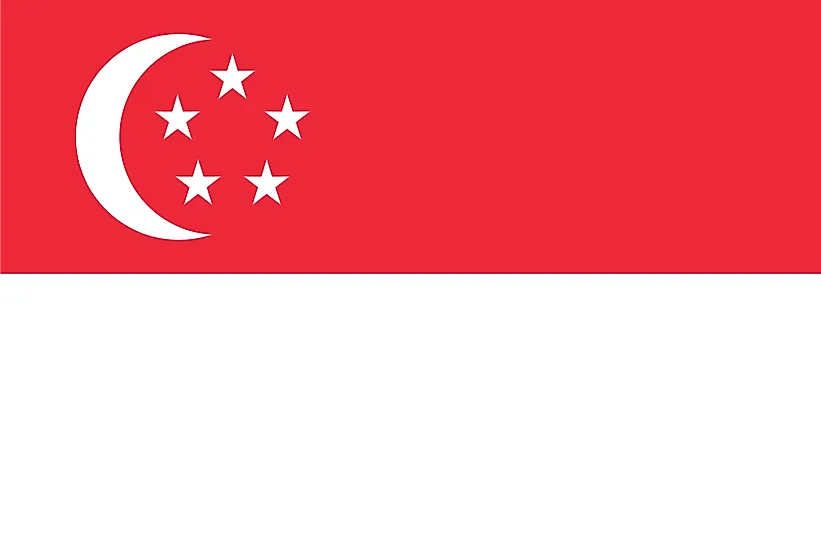
Singapore
| Continent | Asia |
| Capital | Singapur |
| Population | 5,781,728 |
| GDP | $488.00 Billion |
| GDP per Capita | $87,100 |
| Dialing Code | +65 |
| ISO Code (2-letter) | SG |
| ISO Code (3-letter) | SGP |
About Singapore
Welcome to Singapore, a city-state of remarkable transformation. With approximately 5.7 million people occupying just 728 square kilometers, Singapore combines cutting-edge development with multicultural heritage, standing as a model of urban planning and economic success.
Geographic Features and Natural Beauty
Singapore’s geography encompasses a main island and 63 smaller ones. Despite its urban development, the country features significant green spaces including the UNESCO-listed Singapore Botanic Gardens and extensive nature reserves.
The landscape includes urban parks, mangrove swamps, and artificial beaches. The country’s commitment to becoming a “City in Nature” has created unique urban ecosystems supporting diverse wildlife.
Protected areas include Bukit Timah Nature Reserve, home to primary rainforest, and Sungei Buloh Wetland Reserve protecting migratory birds. The country’s innovative approach to conservation focuses on integrating nature with urban development.
Cultural Heritage and Traditions
Singaporean culture represents a vibrant fusion of Chinese, Malay, Indian, and Western influences. The country’s heritage includes distinctive architecture in historic districts like Chinatown and Kampong Glam.
Traditional arts include various forms of theater, music, and dance from different ethnic communities. Cultural practices feature festivals like Chinese New Year, Hari Raya, and Deepavali.
Singaporean cuisine is world-renowned, featuring hawker centers recognized by UNESCO and dishes like chili crab, laksa, and chicken rice. The tradition of communal dining and food courts remains central to social life.
Historical Journey
Singapore’s history spans from its early days as a Malay fishing village through British colonial rule to independence. The country’s transformation under Lee Kuan Yew’s leadership became known as the “Singapore Story.”
Significant periods include British colonization, Japanese occupation during World War II, merger with Malaysia, and independence in 1965. The country’s rapid development from third world to first has inspired many nations.
Modern Economic Landscape
Today’s Singaporean economy focuses on finance, technology, and logistics. The country serves as a global hub for innovation, featuring the world’s highest concentration of millionaires.
Recent initiatives emphasize Smart Nation development, green technology, and biomedical sciences. Singapore’s strategic location and business-friendly environment support its position as a global economic center.
International Relations and Global Position
Singapore maintains significant influence in global affairs through its economic strength and diplomatic expertise. The country’s model of development extends its soft power influence.
Did You Know?
• Singapore is one of only three city-states in the world?
• The country has the world’s highest percentage of millionaire households?
• Singaporean passport holders enjoy visa-free access to most countries globally?
• The Singapore Botanic Gardens is the world’s only tropical garden recognized as a UNESCO World Heritage site?
Conclusion
Singapore represents a unique combination of modern innovation and cultural preservation. From its gleaming skyscrapers to its heritage neighborhoods, from its technological advances to its traditional festivals, Singapore continues to evolve while maintaining its multicultural identity. As it addresses challenges including aging population and climate change, Singapore remains committed to sustainable development while maintaining its position as a global city of the future.





